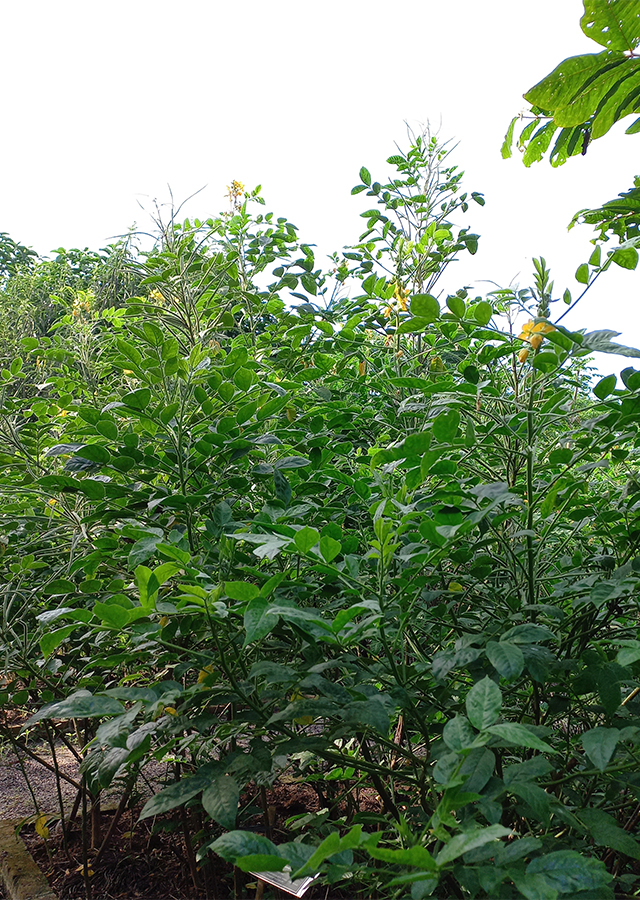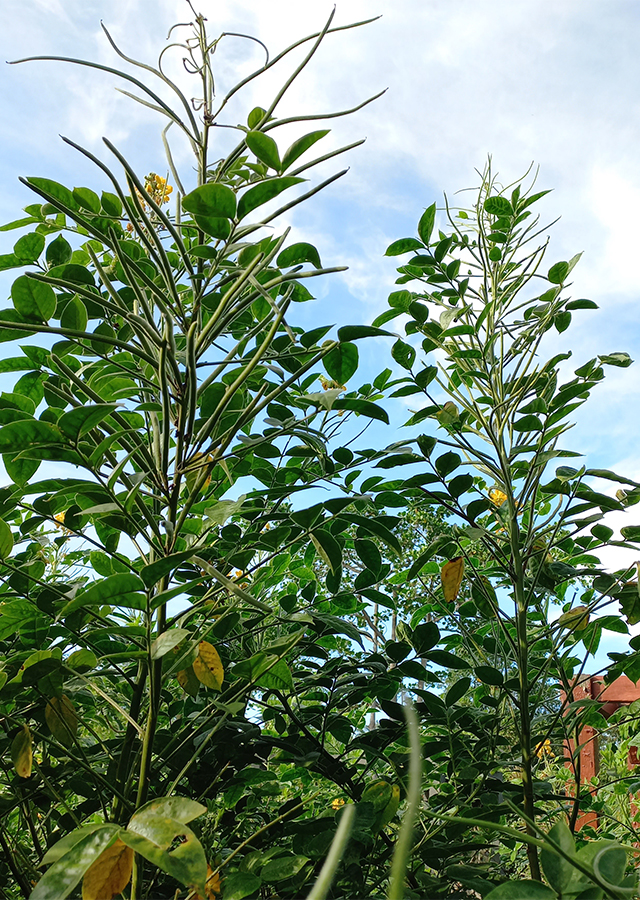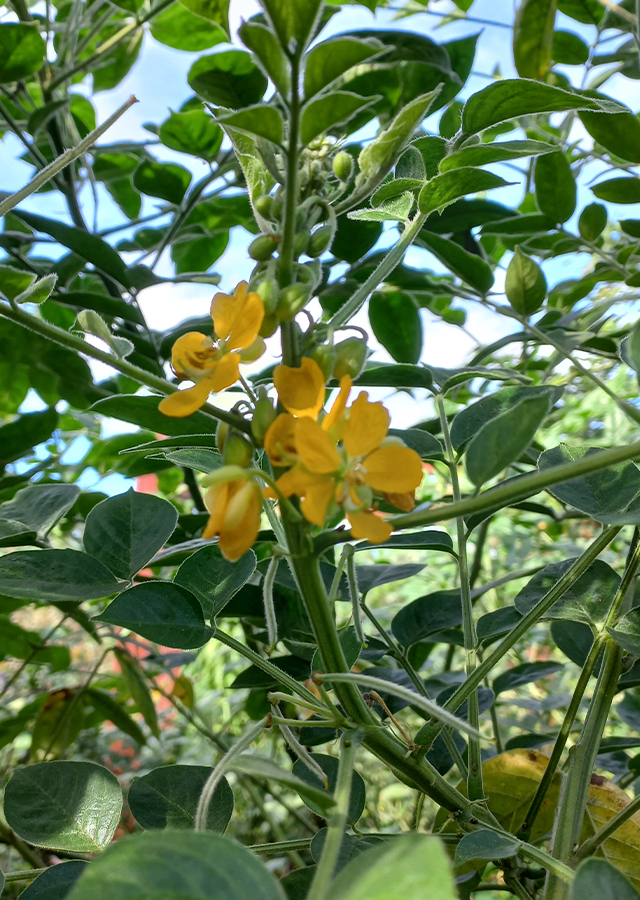Traditional Herbs from Senna hirsuta
kidney_disorders
- Take enough sena pod leaves and wash them until clean.
- Boil the leaves until boiling.
- Strain the boiled product.
- Drink.
skin_disorders
- Prepare sena pod leaves enough then wash until clean.
- Soak the leaves and leave for a while.\u00a0
- Wash the problematic skin with the water soaked in the leaves.
blood_purifier
- Prepare sena leaves\u00a0pods to taste, wash until clean.
- Crush the sena leaves\u00a0pods then squeeze to extract the starch.
- Drink 2 times a day for 7-10 days.
What is Senna hirsuta Looks like??



Parts of Senna hirsuta that could be used
- Leaves
- Seeds
- Roots
Senna hirsuta Distribution
Sena pods are plants that originate from the southern United States, Mexico, Central America, the Caribbean and tropical and subtropical South America. Now, this plant has been distributed throughout Malaysia, Indo-China, Thailand, Laos, Indonesia, India, and most other countries in tropical areas of Asia and Africa. This plant is often planted as an ornamental plant and also as a shade plant on young coffee plantations, as is the case in African countries. Sometimes sena pods can be cultivated as a green manure crop. In Southeast Asia and the Pacific, this plant is considered a weed, but this weed has many health benefits and is used as a traditional medicine. In Java, the leaves are used as a medicine to treat herpes, while in Thailand a decoction of the leaves is used to fight skin irritation. For centuries, sena pods have also been used as a medicine for high blood pressure. Additionally, young leaves and pods can be consumed, usually steamed or cooked in vegetable dishes or salads. In Laos the seeds are used as a substitute for coffee.Agroecology of Senna hirsuta
Senna hirsuta grows well in plain and hilly areas, subtropical and tropical areas at altitudes up to 700 m above sea level. This plant can be found in disturbed locations, waste areas, roadsides, riparian zones (watercourse edges), plantations, open forests, grasslands, coastal environments. In its growth, this plant prefers a bright position or gets full sun.
Morphology of Senna hirsuta
- The taproot is white or brown.
- Stems are round, densely covered with pale greyish-white hairs. Usually serrated lengthwise. Stipules are triangular.
- Leaves are compound, pinnate, arranged alternately, have 2-6 pairs Leaflets are egg-shaped with rounded bases, pointed leaf tips, flat edges covered with grayish white hairs petiole.
- Flowers are yellow to dark orange-yellow. Inflorescences are clusters (racemes) composed of 2-8 flowers, have flower stalks (pedicels) 10-25 mm long. Have 5 petals, 5 petals. 6-7 stamens. smooth, seed color varies brown, or black.
Cultivation of Senna hirsuta
- Propagation is carried out generatively (by seeds). First, the seeds are soaked for 12-24 hours in warm water. Seed germination requires a temperature above 24\u00baC and humidity.
- Dispersal is aided by water and pod-eating animals.
Senna hirsuta, more details :
Chemical Content of Senna hirsutaPhenolics, flavonoid compounds, phytotoxins, tannins, chrysarobin, bi-anthraquinone, a tri-terpenoid, amino acids, steroids, glycosides, alkaloids, saponins.
Benefits of Senna hirsuta
Treating kidney disorders, herpes, skin disorders, cracked nipples, tonic, rheumatism, chest pain, malaria, dysentery, abscesses, typhoid fever, high blood pressure medication, lowering cholesterol levels, diarrhea, skin rashes, Parkinson's disease medication, dental caries treatment .
Simplisia of Senna hirsuta
- Prepare fresh sena pod leaves, wash them thoroughly with running water.
- Dry the leaves in direct sunlight or use an oven.
- After drying, grind the leaves until they become powder.
- Store in a closed container and air-tight.
Another Facts for Senna hirsuta :
Synonym of Senna hirsutaCassia hirsuta L., Ditremexa hirsuta (L.) Britton & Rose
Habitus of Senna hirsuta
Bush. The herb is erect or becomes an annual shrub (woody stems) with age, growing to 2.5 m
Habitat of Senna hirsuta
- Riverside", "Forest", "Coast", "Roadside", "Grassland", "Land
No comments:
Post a Comment